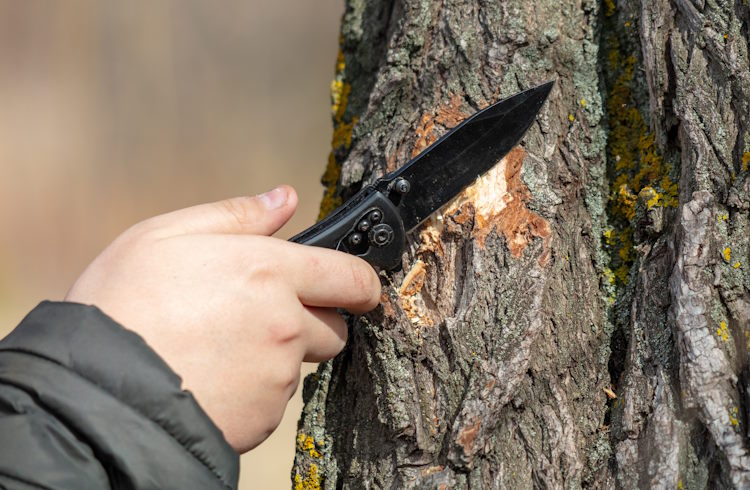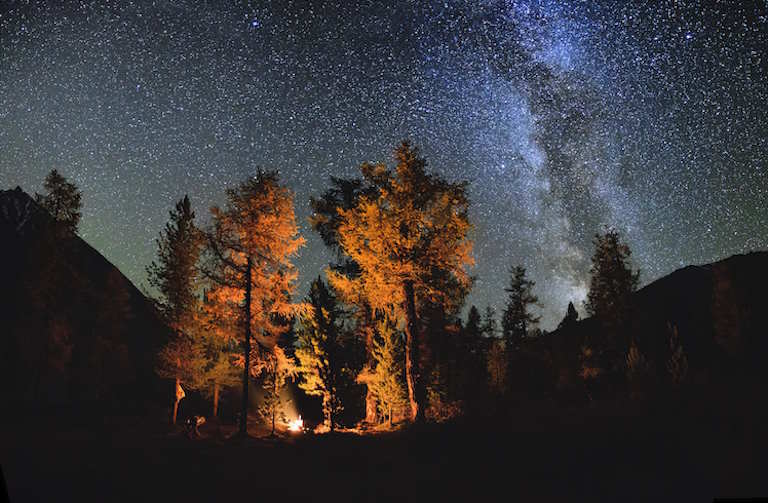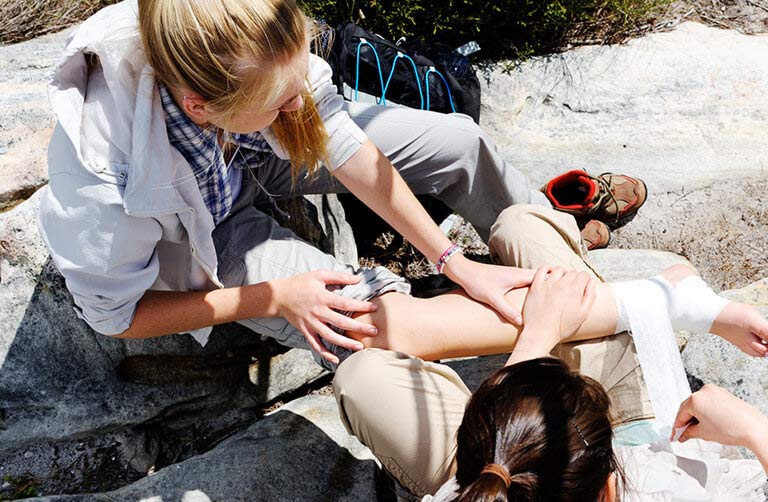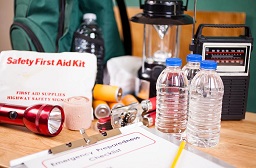What to Do If You Get Lost in the Wild Without a Compass
Your pleasant outing turns into a nightmare – you’re lost and have no way to navigate. Tim Neville reports on what you should do if you’re stuck without a map or compass, and how to get yourself found.
 Photo © Getty Images / Muriel de Seze
Photo © Getty Images / Muriel de Seze
Full disclosure: If you’re ever truly lost and needing directions, I’m the last person you want to ask. I can get off the highway to refuel and get lost trying to get back on. There is a 100 percent chance that I will turn the wrong way coming out of a hotel elevator.
The one place I never get lost, though, is in the wild. I’m too paranoid not to bring maps, a GPS, and an emergency satellite communicator. Bad things can happen when you’re not prepared, even if you aren’t in the back of beyond. Rescuers routinely save people who wandered off looking for mushrooms. You ditch your pack to find a tree to pee but get turned around on your way back. No compass. No map. It happens.
What do you do then? Travis Johnson knows. As the owner of the Northwest Survival School in Washington state, he has trained government agents, soldiers, and executives in the skills they need to get found (or at least un-lost) the quickest. Here are some tips to consider if you ever need to find your way back.
- You’re lost. Now what?
- Move with purpose
- How to tell direction without a compass
- Use more than one source to get your bearings
You’re lost. Now what?
It’s an awful feeling. You’re lost and you know it. The panic sets in. The best thing you can do right away, Johnson says, is nothing.
“You’re already lost and if you go wandering around, you’re going to make yourself really lost,” he says. You also don’t want to hurt yourself aimlessly roaming. Instead, Johnson says take a knee, collect yourself and look around. Maybe something will pop out.
“Maybe you’ll remember that big stump over there,” he says. Maybe you won’t recognize a thing.
Next, after you’ve calmed down and have a sense of your immediate surroundings, you’ll want to broaden your knowledge of what Johnson calls your perimeter – an imaginary area around you from which you can always find your way back. You do this to get a sense of what the land’s doing around you. This is practical as well as mentally beneficial. “The more you explore, the more you know about the area and the more secure you’ll feel,” he says. “Then you can create a goal to keep in mind, like: ‘Go head up that hill to see if you can see a roof or a chimney.’ ”
Move with purpose
You don’t want to set off willy-nilly into the forest because that’ll get you more lost. Instead, you need to do a couple of things.
Mark your path. As you explore, take the time to mark trees or disturb vegetation in a way that makes it obvious to would-be rescuers which way you’re traveling. Johnson always carries a few survival items on his person and not in his pack, and that includes a knife that he can use to “blaze” his path on trees. Every so often, he removes a small swatch of bark to expose the eye-catching pale wood beneath it, on both sides of a tree, so he can find his way in reverse if needed. No knife? Break branches that all point in the direction you’re going.
Understand how you walk. A big reason people get lost in the first place is they assume they moved off-trail through the forest in a straight line. This is never the case, Johnson says. Instead, we tend to drift in a large circle.
“You have a dominant foot that will try to push you around things in a certain way,” he says, and that puts a bend in your path. “Break that cycle by forcing yourself to go left around a tree, right around a tree, left around a tree, right around a tree,” he says. That will hold you in a straighter line.
Stay focused. It’s easy to let your mind wander as you live this nightmare but it’s critical to keep your thoughts focused. Stay active, Johnson says. “The feeling of actively trying to rescue yourself is much better than that feeling of helplessness.”

How to tell direction without a compass
Hopefully you have some sort of map in your mind thanks to the research you did before you got lost (you did research it, right?). Knowing how to find north, south, east, and west without a compass will help you navigate that imaginary map.
Finding directions during the day can begin with finding east and west, even if you didn’t see where the sun rose (which is in the east of course). Take a stick, stand it upright in the earth, and place a rock in the dirt at the tip of the shadow cast by the stick. Do that a few more times every ten minutes, and the line of rocks will run west to east. Knowing that will give you north and south, too.
If you have a watch with hands on it, you can use it to find south. Holding your watch flat, point the hour hand at the sun. (For our purposes, pretend it’s 10:23 a.m., so the 10 would be pointing at the sun). Find the point on the clock that’s halfway between 12 o’clock and the hour hand, and that way will be dead south. (In this case, 11 o’clock.) If you have a digital watch, use a flat stone or some similar object to help you imagine a clock face. If you have no watch at all, you can get a rough estimate of the time by holding your four fingers parallel to the horizon and counting how many hands the sun is off the horizon. That’s roughly how many hours it’s been since sunrise. Each finger is about another 15 minutes.
Johnson suggests never moving at night unless you have to. It’s just too easy to get hurt. Create a path to your loo and stomp it down well so you can tell by feel if you step off it at night. Use the darkness to find Polaris, the north star in the Northern Hemisphere (Google it before you leave for your adventure, if you don’t already know how).
Use more than one source to get your bearings
It’s best never to rely on just one method either. Instead, Johnson will piece together clues as a way to fact-check his work. You can tell a lot by looking at the trees, he says. For that, you don’t even need the sun.
All plants will follow the light, as we know, which means limbs on trees will tend to be more robust on the southern side (in the Northern Hemisphere) where the sun would track. It can be a subtle thing to spot, he says, so try to find a tree in a clearing that would get lots of light.
“And I say southern and not south,” he says. “That tree might get more morning light than afternoon light.” And that would skew the limbs. The old adage that moss only grows on the north side of a tree isn’t really true, either. Moss will grow where there’s little light.
“The idea is to do everything you can to help yourself get found,” Johnson says. “And remember a lot of this could have been avoided if you just paid attention.”



1 Comment
Cutting the bark of trees can be very damaging, and shouldn't be done unless the person is extremely lost and there are no other options. There are usually other options. Strategic placement of sticks and rocks could serve just as well in most cases without damaging the trees.
Trees depend upon their bark not only for protection, but also to transport nutrients up from the roots. This article will certainly be read by a great number of people who may unnecessarily overuse this method, just to mark their path when they are bushwhacking etc. I am a little shocked that this was in here.